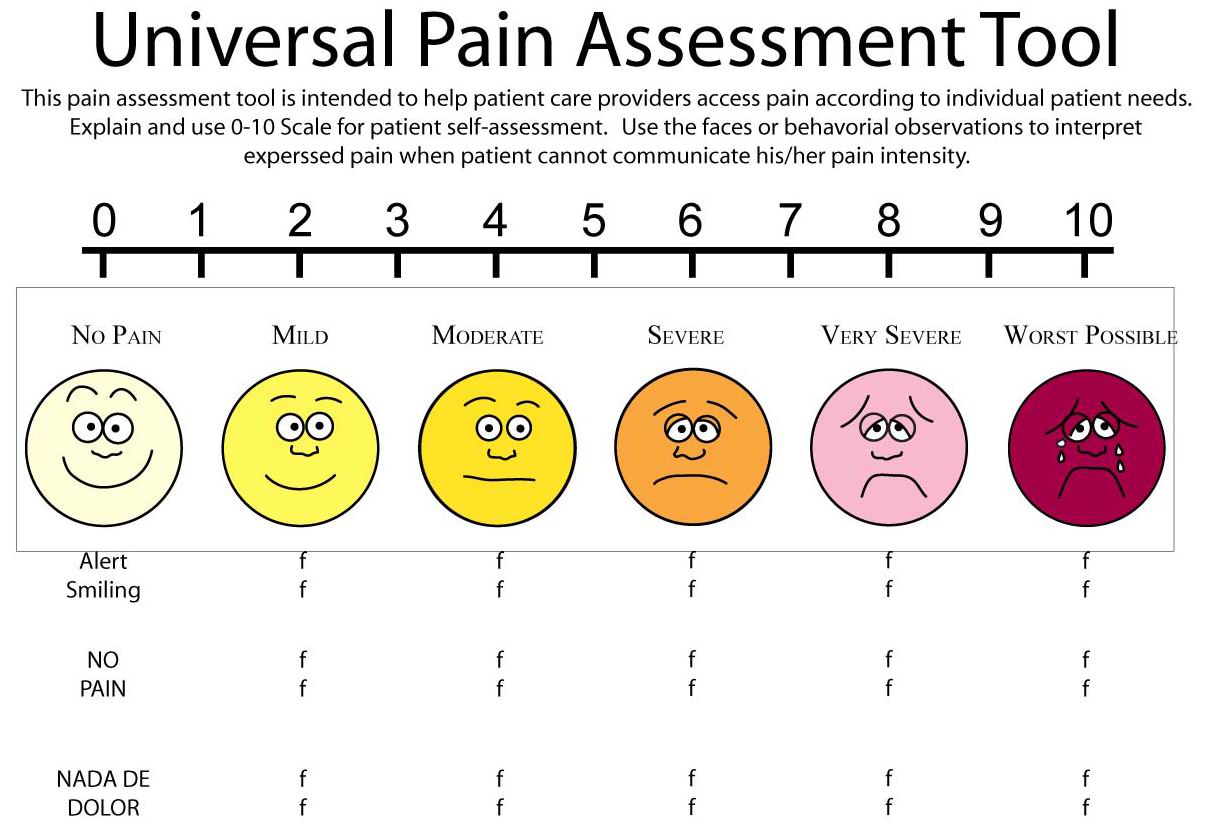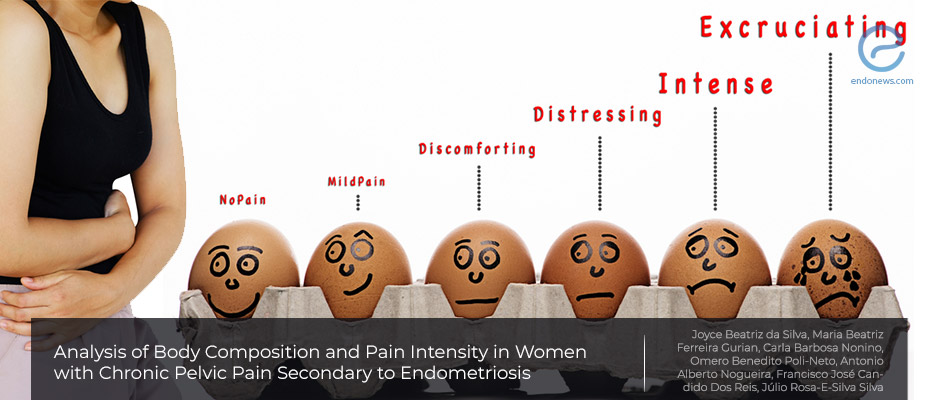

The prevalence of HIZs was 3 to 61% in subjects with LBP and 2 to 3% in subjects without LBP.

One cross-sectional population-based study and five comparison studies were identified, which provided information regarding the prevalence of HIZs. We identified six studies from our search strategy that met the inclusion criteria from a total of 756 possible studies. Two independent reviewers searched the literature, selected the studies, and extracted the data.

MethodsĪ systematic review was conducted via MEDLINE, SCOPUS, Cochrane, PubMed, PubMed Central, EMBASE via Ovid, and Web of Science with the following search terms: “HIZ,” “high intensity zone,” or “high intensity zones” and “low back pain,” “pain,” “lumbago,” and/or “sciatica.” Specific exclusion criteria were also maintained. Therefore, the following study addressed a systematic review of the reported literature addressing the relationship of HIZs and LBP. However, for over three decades, there has been heated debate as to whether these imaging biomarkers are synonymous with LBP. High-intensity zones (HIZs) are of particular interest as they may represent annular tears. Throughout the years, numerous lumbar phenotypes (e.g., endplate abnormalities, Modic changes, black disc) have been studied as possible pain generators. Magnetic resonance imaging (MRI) of the lumbar spine is commonly used to identify the source of low back pain (LBP) however, its use has been questionable.


 0 kommentar(er)
0 kommentar(er)
